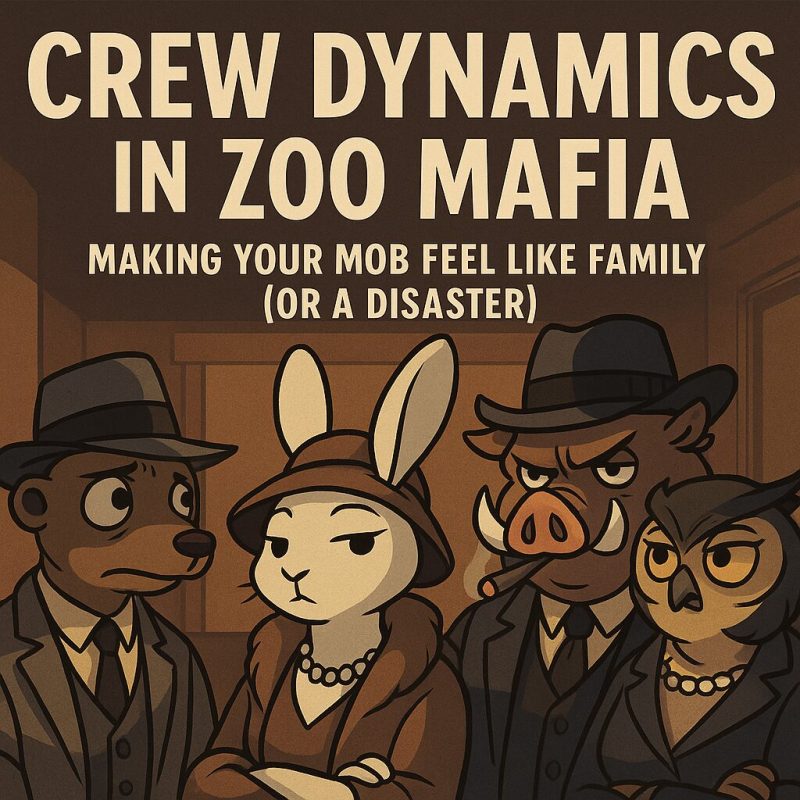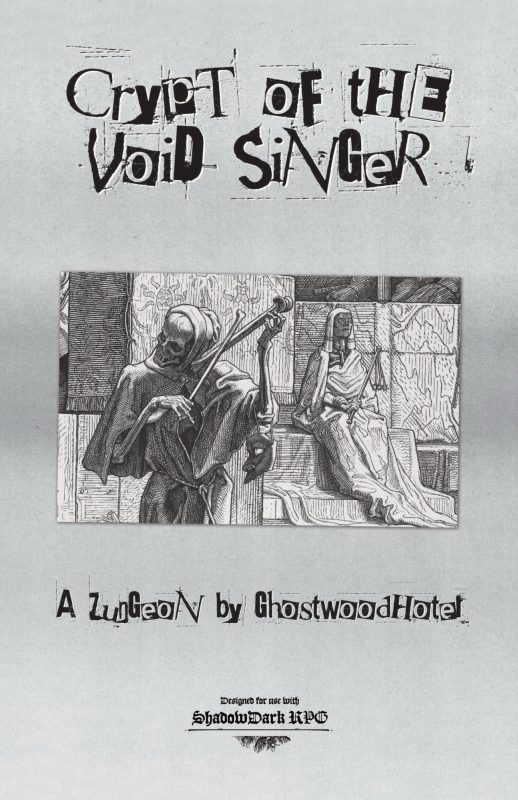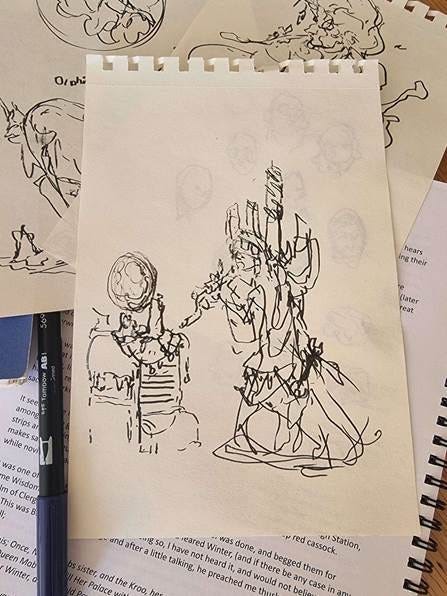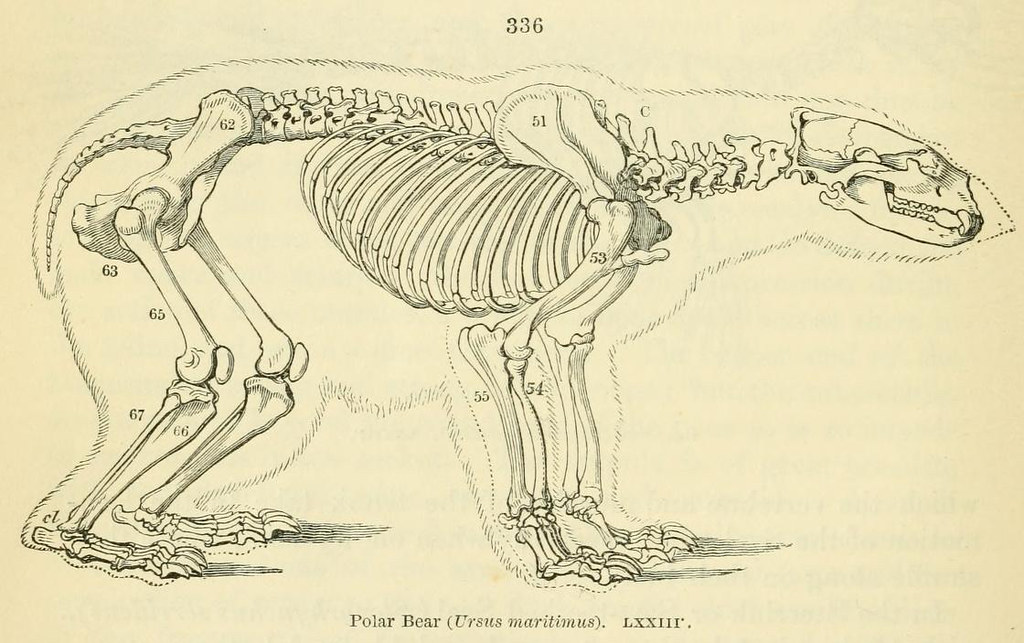SMOOSH JUICE
Bathtub Review: This House Hungers
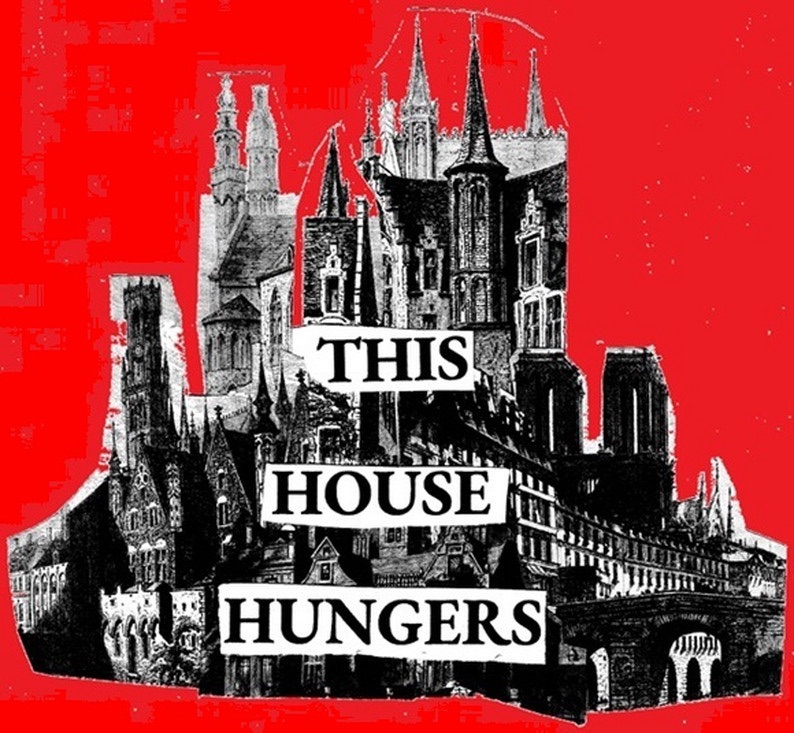
Bathtub Reviews are an excuse for me to read modules a little more closely. I’m doing them to critique a wide range of modules from the perspective of my own table and to learn for my own module design. They’re stream of consciousness and unedited critiques. I’m writing them on my phone in the bath.
This House Hungers is a 41 page survival horror module for Cairn by Richard Gottlieb. In it, you explore a death-trap mansion abandoned by their noble owners, but with the words “Riches untold for whoever can claim them” on the door. I received a complimentary copy from the author.
I said 41 pages, but it might be 67 pages? It’s split up between a few different books, rather than in one. This makes it a little challenging to read, although I can see the appeal of having the key in one pile of papers, the general content in another, and the maps and handouts separate. It’s an example of what a module might look like if not tied to the concept of a published book — which it isn’t anymore, when published digitally. This is a largely art-free effort (aside from maps and the player handouts), and layout is basic, but very clear, and benefits from its use of the full A4 page, which is a good choice given its clearly intended to be printed at home for play. It would benefit from some additional navigation aids, though — something as simple as having the room numbers in the header would make it a little easier to navigate in a pinch. There are negatives, though, to this table-focused layout. the lack of art breaking up the text makes it more challenging to read, and it really doesn’t work reading digitally at all, as there are too many documents to flick through. Because it’s challenging to pre-read, it means you’re not prepared for gaps on the map or unclear keying when it does occur. Even if it might be easier to use at the table, I don’t think the multi-pamphlet layout is necessarily a home run.
The module opens with an explanation of what is actually going on, then a core timer mechanic that is tied to deaths that occur in the dungeon. This mechanic is very neat, although it requires at least 6 deaths to “end” the counter, which means you’re expecting a lot of character death. There are hooks assigned per character class (a perplexing choice for a classless system like Knave) — but I don’t think these hooks work at all. They don’t provide juicy worms at all, and the ones that almost do ask the referee to supplement the module with their own additions. It’s a minor matter to provide characters or at least corpses in the dungeon or specifics for each of these hooks — there are only 6 here — and doing so would add character as well. Use the character for one hook to be a backup henchmen found holed up somewhere, or to warn of the nature of a trap after they triggered it — it would really add a lot.
There are a bunch of NPCs and a few factions that are detailed here — basically the core family and 2 invading factions. The individual characters are largely compelling, and there are some very fun little possibilities that they instigate — they’ll cause issues and for your players in interesting ways — but I want factions to have conflicting motives that are very clear — both to me as the referee and to the players. Spelling it out more would be better, in my opinion, especially given the choices in breaking this up from the main key — it’s absolutely not clear how these will interact. When I read a module, I want to be excited when I read a bunch of factions — the potential in these is not communicated well at all. In addition, a lot of these characters and factions instigate quests — these aren’t here, but rather in the key where you meet them. For me, keeping all this information in one place really aids in running things.
This is a 60 room, 6 level dungeon — there’s an awful lot going on. The maps are separated out along with their associated random encounters, which provide each floor with a unique flavour, which I like in theory, but with only 10 to 15 rooms on each floor, and 12 items on each table, the flavour is heavily diluted — I would cut these in half at most, as on most levels you’ll only meet 2 or 3 encounters, and I want the story of the level to be clear. These separated out maps will be helpful at the table, but reading digitally it’s a challenge to draw lines between map content and key content, which, like with the factions, makes it harder to get excited — within a few rooms, you’re not clear what magical items your players have stumbled upon, and have to refer to another document in an appendix to find the, which dampens that building excitement you get when finding fun connections in a module. The puzzles are pretty consistent and fun, although with the intent that you don’t read through the key, I think that referencing the locations for the solutions would help a lot in understanding the space. I also think that more generally, there aren’t a lot of flags for the meanings behind things — for example, I didn’t find a place that told the players what the grandfather clock indicated, and I feel like most players would miss the main clue given that the chimes will only occur a maximum of 5 times before they occur. Puzzles like that, and the musical puzzle, would benefit from having audio “handouts” in the same way there are physical handouts for other puzzles — but I really appreciate the range of different puzzle types that occur here. All said, room-by-room and floor-by-floor, this is a really competently put together dungeon, with solvable puzzles, clear mechanisms, that really rewards approaching challenges in creative ways, and telescopes danger effectively most of the time even while keeping danger levels high. It might all come together in play, but it doesn’t really come together on a read through, due primarily I think to the structural choices.
This House Hungers pitches itself as horror, but what it looks like in practice is a a darkly humorous meat grinder with gothic trappings. I like this theme, a lot, to be honest. The ticking clock elements won’t work if characters aren’t dying regularly. This feels like a major aspect to frontline if you’re pitching it to your players, and it should probably be a little more obvious on storefronts as well.
Overall, this is a pretty great module for Knave, if you’re interested in a haunted mansion with a lot of player death and dark humour. I think it would benefit from a re-organisation, and I’d prefer it in a different format, but your mileage may vary on that count — this is a pretty significant sized dungeon that you can print at home with ease. For the right table, this is pretty fantastic, it just might not be right for me. But, maybe that’s my desire for a bit more flash talking; Illustrated in a style aping Edward Gorey or something similar, and given a solid developmental edit, this would be a beautiful module dripping aesthetics, that I’d probably buy in print based on vibes matching the content so well. As is, in a Knave ecosystem desperate for content, This House Hungers is the best and largest module I’m aware of, and it’s probably effective as a centrepiece of a campaign given the likelihood of player death.
Idle Cartulary
Playful Void is a production of Idle Cartulary. If you liked this article, please consider liking, sharing, and subscribing to the Idle Digest Newsletter. If you want to support Idle Cartulary continuing to provide Bathtub Reviews, I Read Reviews, and Dungeon Regular, please consider a one-off donation or becoming a regular supporter of Idle Cartulary on Ko-fi.





